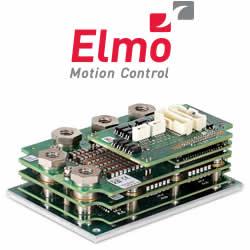The Tale of the Painting Robot that didn't Steal Anyone's Job
Matt Simon for Wired: THE ARRIVAL OF the robotic arm was not a happy affair at Professional Finishing in Richmond, California, just across the bay from San Francisco. In contrast to the hulking factory arms that have traditionally labored in isolation, this robot was meant to work right alongside humans, delicately sanding and painting things like speaker cases or cabinets for medical devices. Which sounded a lot like a first step toward replacing the company’s workers altogether.
“We did have one employee tell us, ‘Hey let me know when the robot’s up and running and I'll just quit,’” says Professional Finishing co-owner Dawn White. “We said, just bear with us. Watch what happens. Help us and everybody will keep their jobs.”
Everyone did indeed keep their jobs. Today, three of these machines from Universal Robots handle the brute sanding and painting, while humans handle more complicated tasks like assembly. Some of these workers even turned into robot technicians. It’s called collaborative robotics, and it’s popping up all over the place, thanks to advanced machines that sense when they’ve contacted a person and stop, as opposed to launching them across the room.
Like many companies, Professional Finishing moved into robotics as a matter of economics. Just months after purchasing the business in 2013, Dawn White and her husband Chad learned that the minimum wage would jump from $9 an hour to $15 by 2020. Which is great for workers—don’t get me wrong—but certainly complicates matters for a finishing company that’s competing with cheap labor abroad. Full Article:
Comments (0)
This post does not have any comments. Be the first to leave a comment below.
Featured Product

